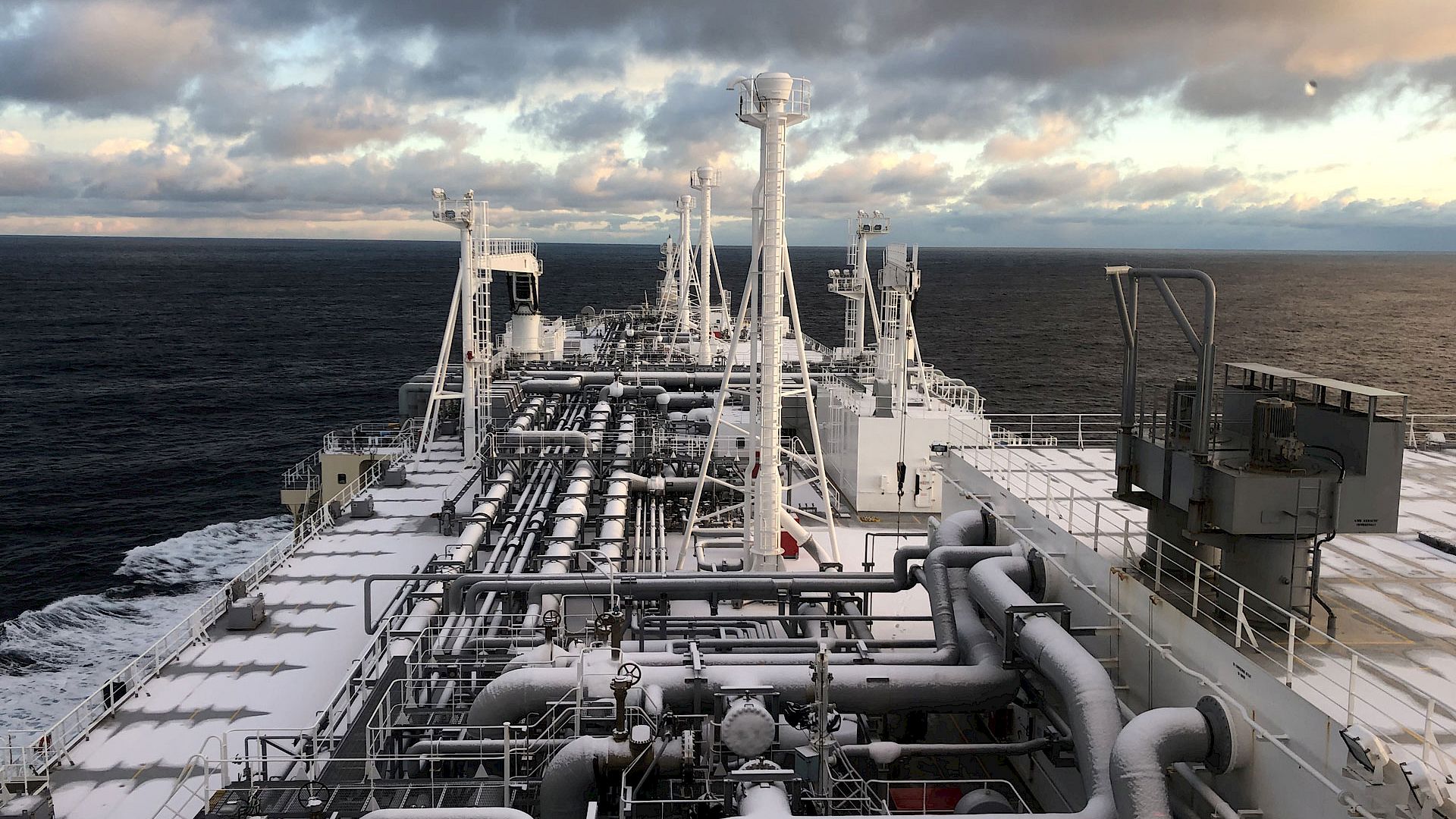Pacific spot liquefied natural gas (LNG) freight rates continued to increase this week, while European prices also rose compared to the week before.
Last week, spot charter rates rose in the Pacific with Atlantic rates decreasing after nine weeks of increases.
“Spark30s Atlantic rates continued to decrease this week, falling by $9,000 to $79,250 per day – the largest week-on-week decrease since the end of January,” Qasim Afghan, Spark’s commercial analyst told LNG Prime on Friday.

“In comparison, Spark25S Pacific rates experienced a $10,500 increase this week, rising to $67,250 per day – this is the largest week-on-week increase since October 2023, and the highest Spark25S rate since January,” he said.
European prices
In Europe, the SparkNWE DES LNG front month was up compared to the prior week.
“The SparkNWE DES LNG front month price for August delivery is assessed at $10.297/MMBtu and at a $0.155/MMBtu discount to the TTF,” Afghan said.
“This is a $0.542/MMBtu week-on-week increase in SparkNWE DES LNG price,” he said.

Data by Gas Infrastructure Europe (GIE) shows that volumes in gas storages in the EU continued to rise and were 81.83 percent full on July 17.
Gas storages were were 80.09 percent full on July 10, and 82.01 percent full on July 17 last year.
JKM drops
In Asia, JKM, the price for LNG cargoes delivered to Northeast Asia, for August settled at $12.200/MMBtu on Thursday.
Last week, JKM for August settled at 12.330/MMBtu on Friday.
Front month JKM dropped this week to 12.321/MMBtu on Monday, 12.300/MMBtu on Tuesday, and 12.090/MMBtu on Wednesday.
Freeport LNG restart
US LNG exports reached 20 shipments in the week ending July 17, and pipeline deliveries to US terminals decreased compared to the week before, according to the Energy Information Administration.
Freeport LNG, the operator of the three-train 15 mtpa liquefaction plant in Texas, told LNG Prime on July 15 it expects to restart the first train this week after the terminal’s fin fan air coolers were damaged during Hurricane Beryl.
The LNG terminal operator ramped down production at its liquefaction end export facility on Sunday, July 7, ahead of Hurricane Beryl making landfall.
A Freeport LNG spokeswoman said the company is “completing initial repairs on the damage sustained to our fin fan air coolers in the hurricane and anticipate restarting the first train this week”.
Freeport LNG plans to restart the remaining two trains “shortly thereafter”.
Moreover, the spokeswoman said production levels after restart would be at “reduced rates for a period of time” as Freeport LNG continues repairs while operating the facility.
“Production will steadily ramp up to full rates as these repairs are completed,” she added.

